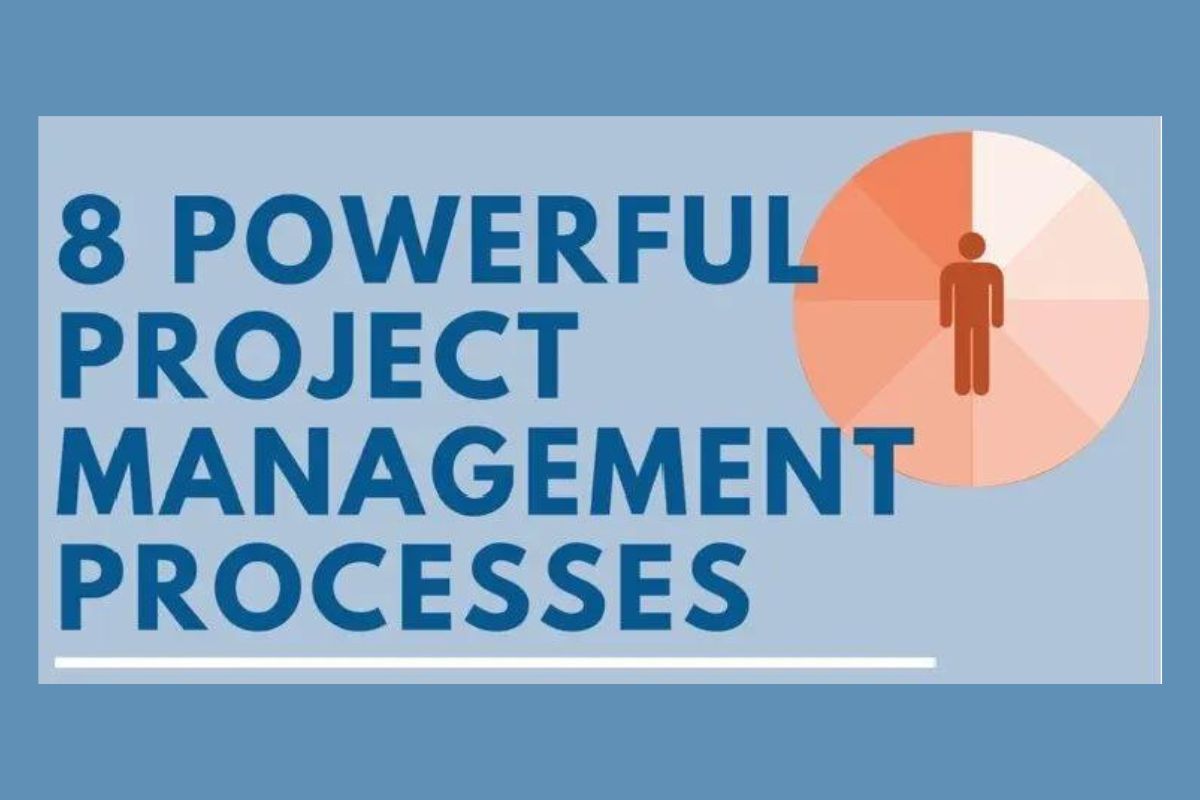Guide your projects to success with our infographic, which details the eight most critical project management processes to use on every project.
Project Charter
One of the most critical project management processes is developing a project charter. It is the crucial document authorizing a project and containing initial requirements of the project to satisfy stakeholders expectations.
Stakeholder Analysis
Stakeholders analysis is much more than communication. Proper stakeholder analysis and management can help project managers find powerful allies to assist the project and keep negative influences from disrupting it.
Work Breakdown Structure
The Work Breakdown Structure (WBS) is a critical project management process because it divides project work into manageable portions and controls scope. If an item doesn’t fit in the WBS, it doesn’t fit in the project.
Resource Allocation
Resource allocation is the tools and techniques performed to assign available resources – people, equipment, and materials – in an efficient manner. Effective resource allocation should help you get all the right things done.
Project Schedule
The project schedule aligns project milestones, activities, and deliverables with planned start and end dates, and the process to create it links these items by dependencies and scheduled events. It is arguably the most-used process.
Communication Plan
Communication can make or break a project. It is critical for project managers to establish appropriate communication channels, as well as build and support project structures that facilitate open communication.
Risk Register
The risk register is the project’s hub for collecting information about risk, risk ownership, root causes, and response. There are many pitfalls involved in risk management, but the number one pitfall is to neglect to do it at all.
Performance Reporting
Effective performance reporting provides data needed to reinforce project decisions. It can also help align the team and stakeholders to project objectives, help procure necessary resources, and provide a basis for future decisions.











